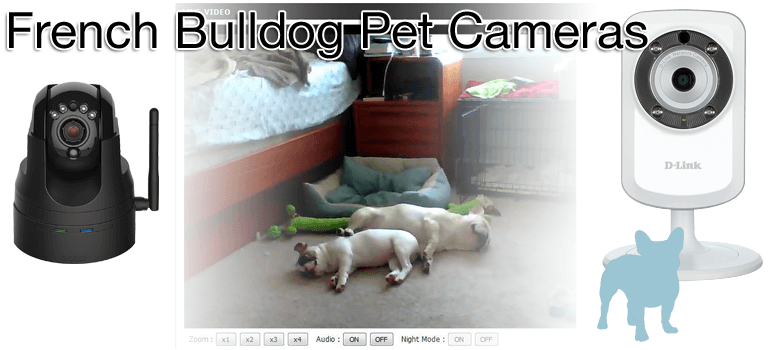French bulldogs are the most lovable creatures around the world and almost everyone loves their cute looks. However, there are some situations in which their social and boisterous nature becomes challenging for people with dog phobias, also known as (cynophobia). Being a French bulldog owner you should know how to manage your pup around people with phobias to ensure everyone’s safety. This blog will help you understand phobias, how to train your French bulldog around people with phobias, and different strategies that can make this interaction pleasant and beautiful.
Understanding Phobias
Phobias are intense and irrational fear of a situation or object. In some cases, cynophobia, and fear of dogs come from any past traumatic condition or experience or simply because of anxiety disorder. If anybody has a phobia there are chances that he might also suffer from panic attacks, rapid heartbeat, sweating and sometimes fainting when seeing a dog. Try to recognize these signs show empathy and manage your Frenchie around such people.
Training Your French Bulldog
1. Basic Obedience Training
Basic training is necessary when you are addressing any phobia-specific scenario, make sure your Frenchie has mastered basic obedience commands like “sit”, “stay”, leave it”, and “come”. If your Frenchie is well trained it will be easier to manage him around people with phobias.
2. Socialization
Socialization from a young age is also very important. Expose your Frenchie to different people, environment, and other animals. This exposure will help your dog to adjust and become less reactive to different situations. However, keep in mind that these experiences are controlled to avoid any overwhelming situation.
3. Desensitization and Counter-Conditioning
This technique means exposing your pup gradually to phobia triggers (people scared of dogs) in a decent, positive, and controlled manner. In these exposures reward your dog with praise and treats to create positive association. For example, if someone is nervous around your pup, reward your pup for staying calm and maintaining a distance.
Strategies for Managing Interactions
1. Communication and Preparation
When you know that you are going to spend some time with people having a phobia, communicate with them about the situation. Understand their comfort level and specific fears they have. Some people are okay if there is a dog in the room while others want them completely out of the room.
2. Creating a Safe Space
Create a special place in your house where your pup can stay when the visitors come around. This space must be comfortable and they must have access to toys, water, and a bed. Crate training also helps in many other ways as it provides a safe space for your Frenchie and peace of mind to other guests.
3. Use of Barriers
Barriers like playpens or baby gates will keep your Frenchies in specific areas without complete isolation. This will help your dog to see and hear different situations without having any direct contact with them, it will also reduce the risk of overwhelming people with phobias.
4. Controlled Introductions
If the person with phobias has no issues, introduce your Frenchie gradually to him but in a controlled manner. Start by keeping your at a distance and on a leash. Gradually decrease the distance while you monitor the comfort level and behavior of your dog. In the end, reward your dog for behaving well in such a situation.
5. Distraction Techniques
When visitors come to your house, Keep your pup occupied with treats, toys, and pule games. This will create distraction and prevent them from focusing on new person, this will also help in reducing the anxiety of people with phobias. Use a toy like a Furbuddy treat tumbler that is made especially to keep your pup engaged and also to provide them with treats. It is designed in a way that it moves back and forth without the use of electricity balance itself and keeps your pup engaged. The material used is durable so it can easily withstand the bite of your dog.
The dispenser in there is filled with treats and it releases the treats slowly thus promoting slow feeding and improving the gastrointestinal health of your dog.
Advanced Training Techniques
1. Clicker Training
Clicker training is very effective in teaching your dog to stay calm and obedient. The clicker gives the sound at the exact moment when your Frenchie performs a desired behavior, followed by a treat. This method is also used to introduce calm behavior around new people.
2. Positive Reinforcement
Reward your Frenchie consistently for intrusive and calm behavior, especially around people with phobias. Positive reinforcement strengthens the bond between rewards and good behaviors, increasing the chance that your pup will repeat this behavior.
3. Professional Training and Behaviorists
If your Frenchie shows overexcitement and anxiety around new people, get help from a dog behaviorist or professional dog trainer. These experts will provide strategies and training techniques to address and overcome such behavioral issues.
Respecting Boundaries and Promoting Comfort
1. Educate Visitors
When guests come around tell them about your Frenchie training and behavior. Tell them how they avoid different situations and maintain a calm environment by speaking slowly, avoiding sudden moments, and not staring directly into your dog’s eyes.
2. Monitor Body Language
Watch the body language of your dog as well as the person’s. If your Frenchie shows stress the signs will be yawning, panting, lip licking, and avoiding eye contact. Similarly, if the person is feeling anxious then try to increase the distance between them and your dog.
3. Set Boundaries for Your Dog
Teach your Frenchie to respect the personal space of other people. Using commands like “go to your spot” or “stay” can be very useful in making sure that your pup doesn’t get close to someone uncomfortable with dogs.
Conclusion
Handling your French bulldog around people with phobias will need a combination of communication, training, and empathy. When you understand the phobias, use proper training techniques, and create a safe and controlled environment it will make the interaction positive for everyone involved. Keep in mind that the goal is to promote safety and comfort and arrange an environment where your dog and people with phobias can live and enjoy each other company.




